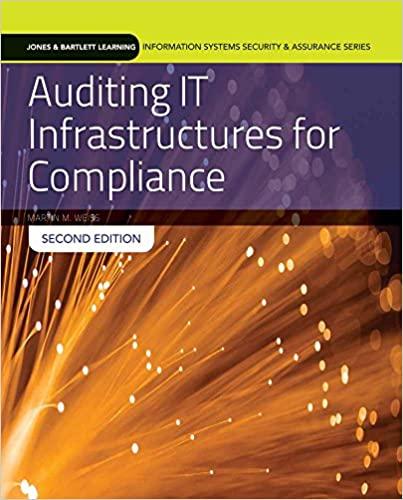
Your boss has asked you to evaluate the economics of replacing 1,00060 -Watt incandescent light bulbs (ILBs) with 1,000 compact fluorescent lamps (CFLs) for a particular lighting application. During your investigation you discover that 13-Watt CFLs costing $2.00 each will provide the same illumination as standard 60 -Watt ILBs costing $0.45 each. Interestingly, CFLs last, on average, eight times as long as incandescent bulbs. The average life of an ILB is one year over the anticipated usage of 1,000 hours each year. Each incandescent bulb costs $1.90 to install/replace. Installation of a single CFL costs $3.00, and it will also be used 1,000 hours per year. Electricity costs $0.13 per kiloWatt hour (kWh), and you decide to compare the two lighting options over an 8-year study period. If the MARR is 12% per year, compare the economics of the two alternatives and write a brief report of your findings for the boss. Assume that both installation cost and cost of the bulbs occur at the beginning of each year and that the electricity expense is incurred at the end of each year for eight years. Click the icon to view the interest and annuity table for discrete compounding when i=12% per year. The PW of installing ILBs is $. (Round to the nearest dollar.) The PW of installing CFLs is $ (Round to the nearest dollar.) What type of bulbs should your boss choose? Choose the correct answer below. ILBs CFLs Your boss has asked you to evaluate the economics of replacing 1,00060 -Watt incandescent light bulbs (ILBs) with 1,000 compact fluorescent lamps (CFLs) for a particular lighting application. During your investigation you discover that 13-Watt CFLs costing $2.00 each will provide the same illumination as standard 60 -Watt ILBs costing $0.45 each. Interestingly, CFLs last, on average, eight times as long as incandescent bulbs. The average life of an ILB is one year over the anticipated usage of 1,000 hours each year. Each incandescent bulb costs $1.90 to install/replace. Installation of a single CFL costs $3.00, and it will also be used 1,000 hours per year. Electricity costs $0.13 per kiloWatt hour (kWh), and you decide to compare the two lighting options over an 8-year study period. If the MARR is 12% per year, compare the economics of the two alternatives and write a brief report of your findings for the boss. Assume that both installation cost and cost of the bulbs occur at the beginning of each year and that the electricity expense is incurred at the end of each year for eight years. Click the icon to view the interest and annuity table for discrete compounding when i=12% per year. The PW of installing ILBs is $. (Round to the nearest dollar.) The PW of installing CFLs is $ (Round to the nearest dollar.) What type of bulbs should your boss choose? Choose the correct answer below. ILBs CFLs







